You could use color thresholding to isolate the green flashes. The idea is to convert the image to HSV format and define a lower/upper color threshold range. This will give you a binary mask. From here we can do additional processing by performing morphological opening with an elliptical shaped kernel to remove noise and tails. Finally we can find contours and filter using contour area with a defined threshold area to only keep the larger blobs. Here's the result:

Count: 116
Code
import numpy as np
import cv2
# Color threshold
image = cv2.imread('1.jpg')
original = image.copy()
hsv = cv2.cvtColor(image, cv2.COLOR_BGR2HSV)
lower = np.array([42, 67, 0])
upper = np.array([69, 255, 255])
mask = cv2.inRange(hsv, lower, upper)
# Perform morphological operations
kernel = cv2.getStructuringElement(cv2.MORPH_ELLIPSE, (3,3))
opening = cv2.morphologyEx(mask, cv2.MORPH_OPEN, kernel, iterations=1)
# Find contours and filter using contour area
cnts = cv2.findContours(opening, cv2.RETR_EXTERNAL, cv2.CHAIN_APPROX_SIMPLE)
cnts = cnts[0] if len(cnts) == 2 else cnts[1]
count = 0
for c in cnts:
area = cv2.contourArea(c)
if area < 5:
cv2.drawContours(opening,[c], -1, (0,0,0), -1)
else:
count += 1
result = cv2.bitwise_and(original,original,mask=opening)
print('Count: {}'.format(count))
cv2.imshow('mask', mask)
cv2.imshow('opening', opening)
cv2.imshow('result', result)
cv2.waitKey()


